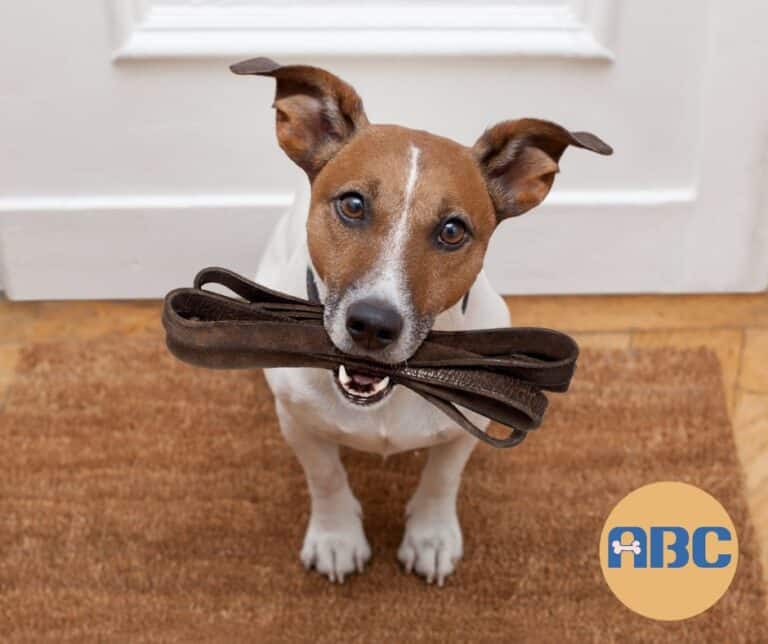January is a time for resolutions, and here’s one that will ultimately make your life – and your dog’s life – a whole lot smoother: dog obedience training.
Imagine a world where your dog doesn’t jump on guests, try to run out the door every time you open it, bark incessantly at the window at every passing stranger and squirrel, beg at the table, lunge at other dogs on walks, or pull on the leash. Dog training can make a household much more calm, peaceful, and enjoyable.
Since January is National Dog Training Month, here are a few tips and tricks you can start using to help your pet “get with the program” and have fun in the process.
Mark Behaviors with Precision
Training will not be fun or successful unless you have some idea what you want to achieve and how to get there. Communication must be clear in order for a dog to understand what is expected.
Many dog owners mark the behavior they want to reinforce with a clicker or with small training treats. No matter which you use, you must be very precise with your timing and make sure you are not accidentally marking an unwanted behavior.
For instance, if you are working on polite leash walking, only reward your dog for walking alongside you. If your dog walks ahead and you stop and call her back, do not reward her for returning to you. If you do, this is what she thinks: “I walk ahead and when my person stops and calls me back I get a treat.”
That is definitely NOT what you want your dog to learn. Be very careful never to mark the wrong action.
Small Steps; Short Sessions
Training should be a positive bonding experience for you and your pet. Your dog should be in an attentive mood and see training sessions as an enjoyable game.
For clarity’s sake, and to avoid frustration for both you and your pet, break behaviors down to their smallest parts instead of trying to teach too much all at once.
For example, one way of teaching the cue “drop it” involves first offering a treat to get your dog to drop a toy. Let the dog play with the toy for a moment then offer a higher-value treat next to her snout. Treat the instant the toy drops. Keep repeating this simple trade-off until you are sure your dog knows to drop the toy the second the treat appears.
Then comes adding a cue word like “drop it” or “out” and reinforcing the behavior by repeating the “game” over and over. Short sessions every day and consistency are keys to successfully proofing a behavior.
Hide and Seek to Reinforce “Stay”
There are lots of games you can play with your dog that reinforce training and make it more engaging than rote repetition. When the weather is too nasty to go for long walks, having a few games up your sleeve can help both you and your dog stay active.
Enjoy Working with Dogs?
If you love dogs, enjoy training your pet to learn new things, and would like a career working with animals, consider becoming a professional dog obedience trainer. Animal Behavior College offers an excellent online dog training course that adds a hands-on component to give students experience working with a local mentor trainer.
ABC’s online program allows students anywhere in the country to enroll and learn dog obedience training without the need to attend a brick and mortar dog training academy. Graduates give ABC high marks for student support, and employers recognize that certified Animal Behavior College Dog Obedience Trainers know their stuff. After all, they have been certifying dog obedience trainers since 1998!
To learn more about ABC’s dog training program or any of their other animal career certification programs, call 800-795-3294 to speak to an admissions counselor.





